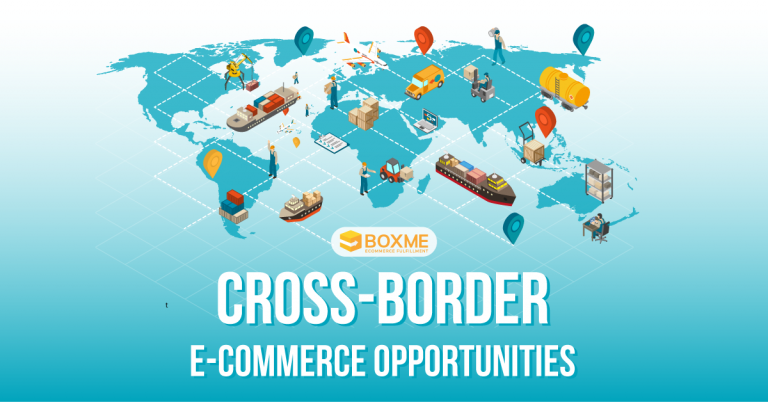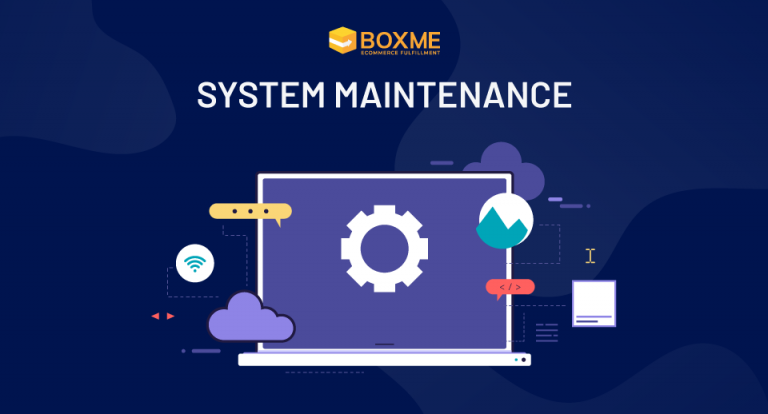E-commerce has never been more popular than it is today, offering the convenience of sitting at home and having the world delivered right into your hands. Thanks to E-commerce, businesses can expand their coverage to not only nationwide, but worldwide as well. With shipping time shortened by technology advancements, cross-border buyers can expect to receive their exclusive package in just several days. Therefore, it’s logical to see the cross-border market flourishes, estimated to cross $627 billion in revenue by 2022 (Forrester).
Flow has commissioned a multi-market research on apparel shoppers in order to better understand the cross-border E-commerce landscape in the top 11 markets all over the world. Through understanding from both sides: supply and demand, E-commerce players can discover opportunities, establish best practices and overcome barriers in these said markets.
Cross-border shoppers
Among shoppers aged 18 to 54 years, shopping in another nation has become the common norm, with two-thirds of them confirmed to have made at least one overseas purchase. As you can see from the following graph, Brazil, Australia and Canada are the three countries with the highest percentage of cross-border shoppers, followed by France and Germany.
In terms of demographics, there are no major differences in gender across all markets. In Asian countries (India, China, Japan, South Korea) and Brazil, the presence of a child in the household largely influences the decision to shop internationally. Higher-income also plays a big role in China, Japan and South Korea. By age group, significant differences are recorded with one takeaway: customers from 18 to 34 are most likely to shop, with the only exception being South Korea.
Most popular destinations
Top 3 providers for cross-border E-commerce are the USA, China and the UK. On the other hand, geographic proximity also affects customers when deciding on a place to buy. New Zealand is frequented by Australians, Singapore for Indians, and Canadia for US citizens. Members of the European Union support each other as well, which can be seen from the rankings for France, Germany and the UK.
Most popular categories
When buying cross-border, these shoppers are interested in a wide range of products. The most popular categories are Clothing (58%), Shoes (32%), Fashion accessories (31%) and Consumer electronics (30%). Less common products are Beauty/Personal care (26%), Jewelry (18%), Music/Movies/Games (18%).
Each country’s shoppers also have their own preferences. While the Chinese are interested in beauty/personal care, sporting goods, food items and baby care; Indians are more likely to buy fashion accessories, consumer electronics, jewelry and sporting goods. Americans show a strong favor towards jewelry, while it is apparels for Brazilians and Canadians.
Barriers to cross-border E-commerce
Product availability and reasonable pricing are two main factors that drive the growth of cross-border E-commerce. However, concerns about buying products from another country still remain among customers.
Shipping is the biggest barrier, in both terms of time and cost, chosen by all customers who may or may not shop internationally before. Local preference and high taxes also influence their decision on where to purchase a specific item, followed by site security and currency exchange rates. Noted that there are significant differences between cross-border and non-cross-border shoppers, as non-shoppers are more inclined towards local brands and are more cautious about foreign sites.
Languages also play an important role for your brand to reach international customers. More than two-thirds of English-speaking shoppers indicated that they will not consider buying if the site is not in English.
Final words
Based on the information that this research provides, we hope that when it comes to cross-border e-commerce, businesses should take various factors into consideration: demographics, geography, product categories, languages, etc. Furthermore, customer trust will be gained if your business manages to solve all of the customers’ concerns: shipping, taxes & duties, security and credibility.
–> Read more:
Cross-Border Shipping & Fulfillment: The Ultimate Solutions
Boxme And 4PX Launch Strategic Partnership To Boost Cross-Border E-Commerce In Southeast Asia
Boxme is the premier cross-border e-Commerce fulfillment network in Southeast Asia, enabling world-wide merchants to sell online into this region without needing to establish a local presence. We deliver our services by aggregating and operating a one-stop value chain of logistic professions including: International shipping, customs clearance, warehousing, connection to local marketplaces, pick and pack, last-mile delivery, local payment collection and oversea remittance.











